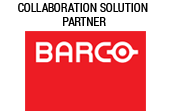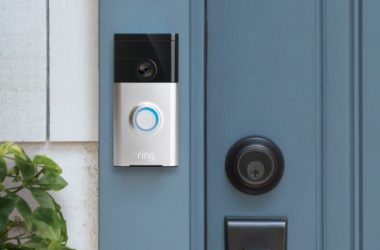Microsoft's newest operating system for PCs will launch in late October, but it won't boost PC sales enough to help the global DRAM memory chip market until the second quarter of next year, executives in Taiwan said.
More DRAM goes into computers than any other kind of chip, making the DRAM industry largely dependant on PC sales. The trouble is the global recession hit PC sales when DRAM makers were already wrestling with a chip glut that had sent DRAM prices into a tailspin. Most DRAM makers had posted consecutive losses for nearly two years due to the chip glut, but the recession added to the pain, sending Qimonda AG into bankruptcy while leaving others teetering on the edge.
The launch of Microsoft's Windows 7 OS on Oct. 22 has raised hopes for a PC sales rebound, but some Taiwanese DRAM makers believe Windows 7 will have a limited impact this year.
“We don't think Windows 7 will have a big impact on DRAM until the second quarter of next year,” said Pai Pei-lin, a vice president at Nanya Technology, at a news conference. “Most corporate customers probably won't buy Windows 7 until service pack 1 (SP1) comes out,” he said. Corporations are also putting off purchases until more signs of an improvement in the economy emerge.
Charles Kau, president of Inotera Memories, a joint venture run by Nanya and U.S. partner Micron Technology, agreed with Pai's assessment. The trends most likely to boost DRAM makers now are the increased use of DDR3 (double data rate, third generation) DRAM chips, a newer form of DRAM, as well as new production technology that will allow chip makers to produce more DRAM on each silicon wafer. Thousands of chips can be made on a single 12-inch round silicon wafer.
“Currently, there is a shortage of DDR3,” said Kau, because demand for the chips in new notebook computers has spiked. “DDR3 is more energy efficient, giving you longer battery life in mobile computers,” he said.
The DRAM industry showed marked improvement in the second quarter over the first. Production cuts at some DRAM makers as well as a move by PC vendors to replenish inventories boosted DRAM revenue to $4.04 billion in the second quarter, 27.1% higher than the recession-gripped first quarter, according to DRAMeXchange Technology, which provides DRAM market intelligence.
Despite the increase, DRAM makers continue to post losses.
Nanya Technology said revenue dropped 15% year-on-year to $246.65 million in the second quarter, but rose 31% compared to the first quarter. DRAM makers Hynix Semiconductor of South Korea and Elpida Memory of Japan both recently reported their seventh straight quarterly losses, though they showed improvement over the previous quarter.
Samsung Electronics, the world's largest memory chip maker, was the only DRAM provider to see its chip operations return to profitability in the second quarter.
Nanya's Pai believes the first quarter of this year marked the bottom for DRAM industry revenue.
“The market is already returning to health, albeit slowly,” he said. “We expect to see improvement month to month as time progresses.”





